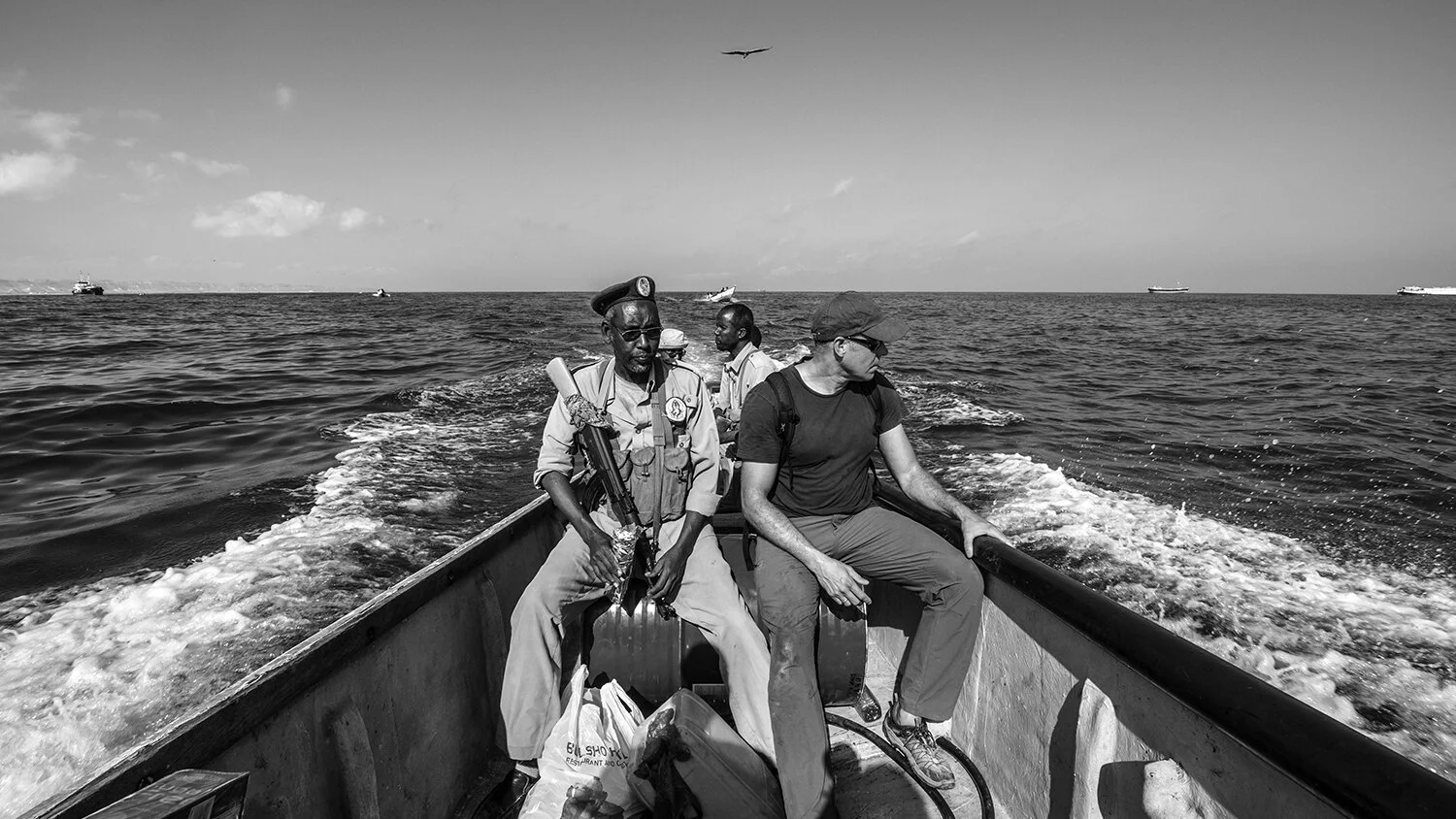The UN meets next week to discuss greater protection for the open oceans. We look at why this treaty could be as important as the Paris Climate Agreement
Photo by: Jorge Cervera Hauser
Next week, government officials from around the world will gather at the United Nations for the most important ocean meeting of the last twenty years. Over thirteen crucial days, they'll work to negotiate a treaty to protect marine biodiversity on the high seas – the vast areas out there in the open oceans, beyond the jurisdiction of any country.
As New York Times reporter Ian Urbina explored in his Outlaw Ocean series, this vast blue world is hard to police, let alone protect – but saving it will be crucial. Scientists now agree we must set aside at least 30% of the oceans in marine protected areas (MPAs) or fully protected marine reserves if we want to safeguard biodiversity and build resilience to climate change. As Ian explains in this Q&A with Parley, the high seas agreement offers an opportunity to build a way forward and to bridge the gap between the 1% of the ocean protected now, and the much larger figure needed to protect our future on the planet.
So Ian, what's about to happen at the UN?
As you may know, the waters beyond 200 nautical miles from shore are generally outside of national jurisdiction and largely beyond government control. This part of the ocean is typically called the 'high seas' or 'international waters'. More than 40 percent of the planet’s surface is covered by water that belongs to no one, and is relatively lawless and unregulated. The agreement will create a formal process for setting aside protected marine areas in international waters. Unlike on land, there is no legal framework on the high seas for creating areas that are off-limits to commercial activity. The treaty will also create procedures for environmental impact assessments and establish a method for the public to be informed about large-scale projects in these waters, including fishing, seabed mining, shipping, research and other activities.
Following over a decade of discussions, world governments will gather at the United Nations from September 4th through 17th to begin formal negotiations. This is once-in-a-generation opportunity to conserve marine life in the ocean. It will be the first global treaty conference related to the ocean in over two decades and the only one targeted specifically on protection of high seas marine biodiversity.
Just how lawless are the high seas?
International waters have long been a magnet for unregulated activity. In many parts of the world, the waters beyond national jurisdiction represent an outlaw ocean, where crimes ranging from murder and slavery to waste dumping and illegal fishing occur with impunity. While larger shippers face tighter rules and more oversight because they typically operate out of bigger ports with more enforcement resources, this is far less true for the smaller and more numerous commercial vessels and fishing ships in regions like Southeast Asia and off the coast of Africa. Currently there are few rules governing the high seas.
Is there one particular issue to watch?
Ocean conservationists, the fishing industry and the governments of powerful nations with large fishing fleets (like Russia, China, Norway, the U.S., Japan) will be paying especially close attention to discussions about Marine Protected Areas or MPAs. Right now there is no agreed-upon method for countries to create sections of the ocean that are off limits to industrial activity. These discussions aim to fix that. They will have to hash out thorny questions like who gets to decide, what sort of transparency should there be in the decision process, who pays for policing such MPAs, what are the consequences for violations of those marine reserves.
Why should people care about this event?
Truth be told, this is as important as the Paris Climate Change meetings (COP21). The high seas make up a massive part of the planet's surface – and the world's oceans are in a dire state. If there is going to be any hope for turning things around there will need to be better rules and enforcement over these waters.
How did we get to this point, why aren't the high seas already protected?
The broader philosophical debate over how to manage the oceans typically divides into two camps. On one side, advocates of a laissez-faire approach argue that at the core of modern maritime culture is a 17th-century notion known as mare liberum, Latin for 'freedom of the seas'. The sea, it argues, is international territory for use by all nations in passage or commerce. The opposing view is that the high seas are one of several 'global commons' (along with the atmosphere, Antarctica and outer space) that are shared by the public at large. Benefits derived from these commons should be distributed equitably. If, for example, the deep seas offer up revolutionary new drugs, poorer countries should be able to access the research and share in the profits from their sale. The 'tragedy of the commons', some maritime experts say, is that since everyone is responsible, no one is willing or able to act. Often, this results in a free-for-all.
🌊
Subscribe to Parley's State of the Oceans email and keep up to date on stories like this...














